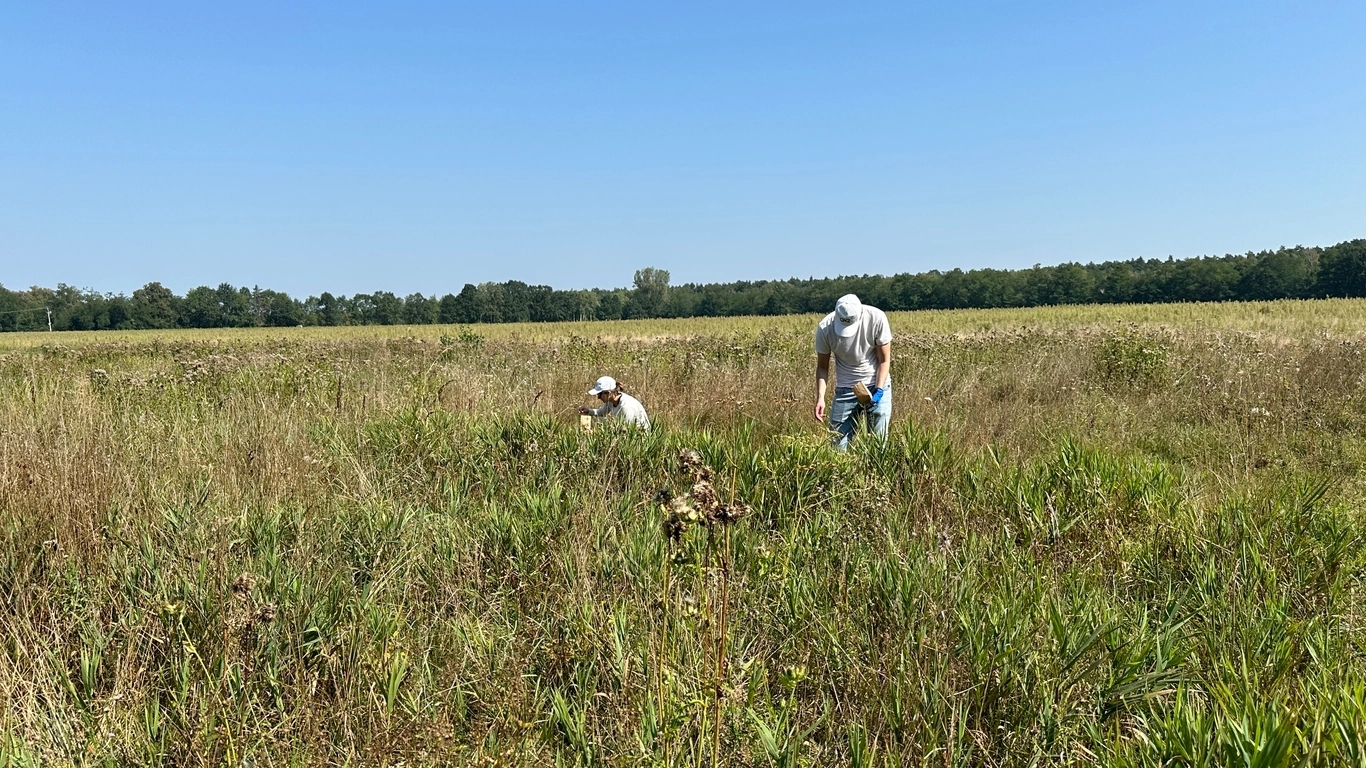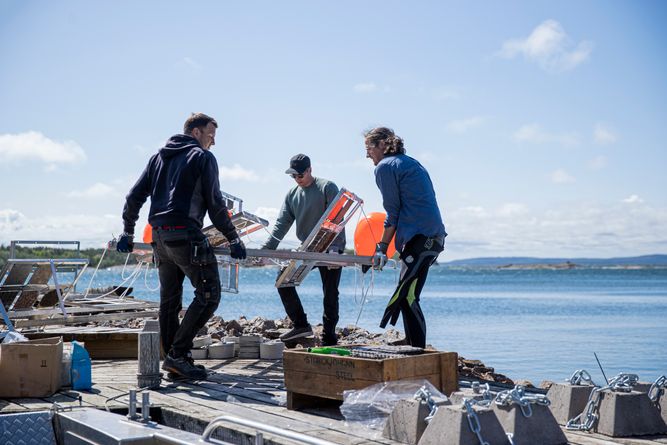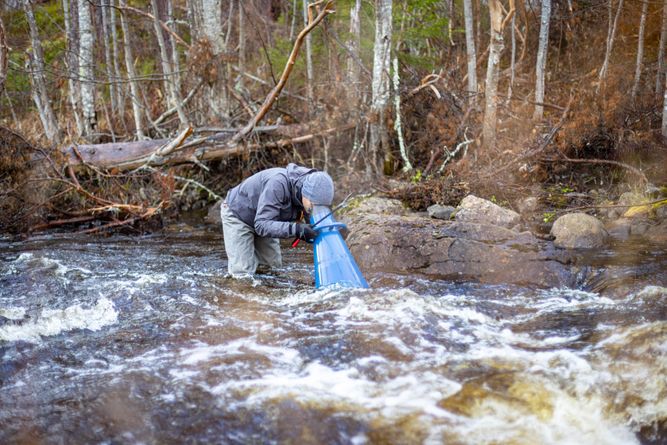Biodiversity and carbon sequestration
In connection with the development of renewable energy projects, OX2 is exploring methods to enhance biodiversity and carbon sequestration.
The high levels of carbon dioxide measured in the atmosphere indicate a disturbance in the carbon cycle, where the sources of carbon dioxide exceed the sinks. Human actions have caused this disturbance but can also contribute to reaching natural levels of carbon dioxide concentrations in the atmosphere.
By accelerating access to renewable energy, OX2’s business focuses on limiting the sources of carbon and other greenhouse gas emissions deriving from fossil energy. As part of our work in remediating negative impacts on nature and enhancing biodiversity, we see an opportunity to also improve carbon sinks. Enhancing carbon sinks is done by for example planting vegetation and restoring ecosystems.
More than meets the eye
The storage of carbon in soil is often underestimated, although it plays an important role in the carbon cycle. Soil contains almost twice as much carbon as the atmosphere and living flora and animals in terrestrial ecosystems combined (IPCC & NASA). With the right management methods, the soil can absorb and store carbon whilst the plants above ground provide a healthy and diverse ecosystem.
Soil Carbon Bank project
OX2 Poland is part of the Soil Carbon Bank project, which explores how different management methods impacts the carbon sequestration of the area. The project is organized by the Kwietna Foundation, which OX2 have been working with since 2023. The projects will be ongoing for 3 years (2025-2028), using soil samples to study the carbon sequestration rate. The ambition is that the outcome of the study can inform biodiversity efforts in OX2’s renewable energy projects, benefiting both climate and biodiversity.
"Our learnings from the Soil Carbon Project can be applied to the renewable energy projects we develop on similar land, where we have the opportunity to scale the effects of our initiatives both in terms of carbon sequestration and biodiversity" says Joanna Jakubicka, Environmental and Biodiversity Senior Manager at OX2 Poland.

OX2 employees have been involved in the management methods to learn more. This entailed participating in seed collection and sowing, mowing, and removing invasive species.
Facts:
- Soil stores carbon is organic matter, such as decomposed plants and animal matter, and inorganic matters such as minerals.
- There are many factors influencing the carbon sequestration and storage in different soils, such as soil texture, climate and vegetation types.
- The synergy of carbon sequestration and biodiversity is applicable for the agricultural ecosystems.

